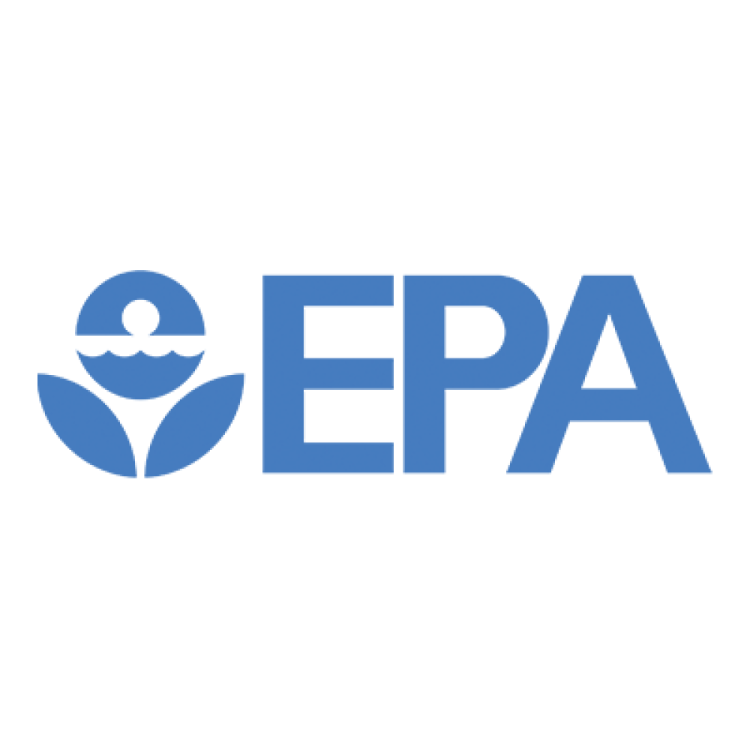
The U.S. Environmental Protection Agency approved the first genetically engineered pesticides
On Jun. 27, 1991, the U.S. Environmental Protection Agency (EPA) approved two pesticides containing genetically engineered bacteria, marking the first time the agency has certified such products as safe for commercial use. Mycogen scientists received permission to test MVP, the first genetically engineered biopesticide to receive the EPA’s stamp of approval.
The new pesticides, to be called M-Trak and MVP Bioinsecticide, were approved by the EPA for use against beetle and caterpillar pests on some 50 different crops, ranging from potatoes to spinach to grapes. Both pesticides represent a combination of two common bacteria in which genetic material from an organism known as Bacillus thuringensis, or BT, is implanted in another microbe called Pseudomonas fluorescens.
The Pseudomonas fluorescens organisms are then placed in a ‘fermenter’ where they produce toxic protein crystals usually found in BT. Subsequently, the Pseudomonas fluorescens organisms are killed, leaving the toxic crystal within the body of the dead bacteria. The toxin is thus given additional protection from ultraviolet radiation in sunlight, extending its lifetime when it is sprayed on crops.
Pests die when they eat treated foilage, but EPA officials said the toxin in the pesticide presented no threat to human health or animals.
The pesticides, made by Mycogen Corp., could be sprayed on a wide variety of crops, providing the company carried out a six-month monitoring program to ensure the genetically altered organisms pose no environmental or health threat. In 1998, Mycogen became part of Dow AgroSciences, ow known as Corteva Agriscience.
.
Tags:
Source: United Press International
Credit:
